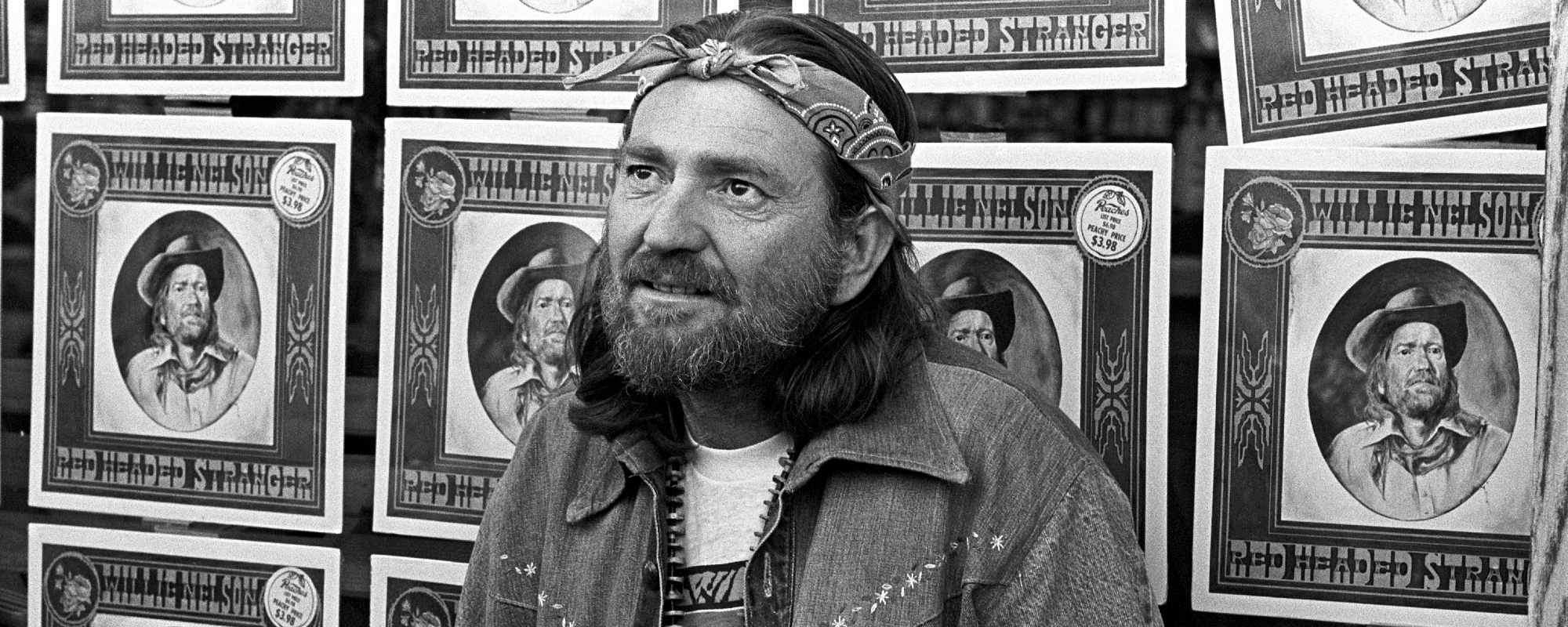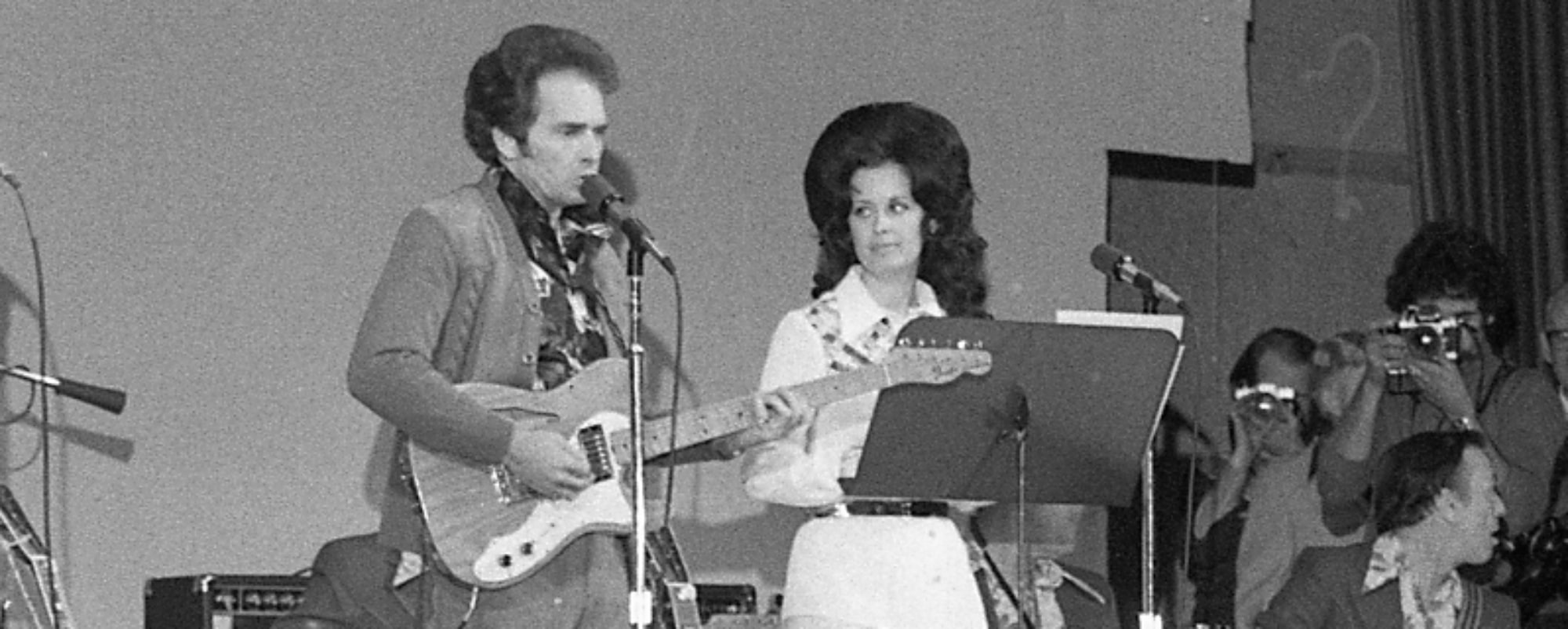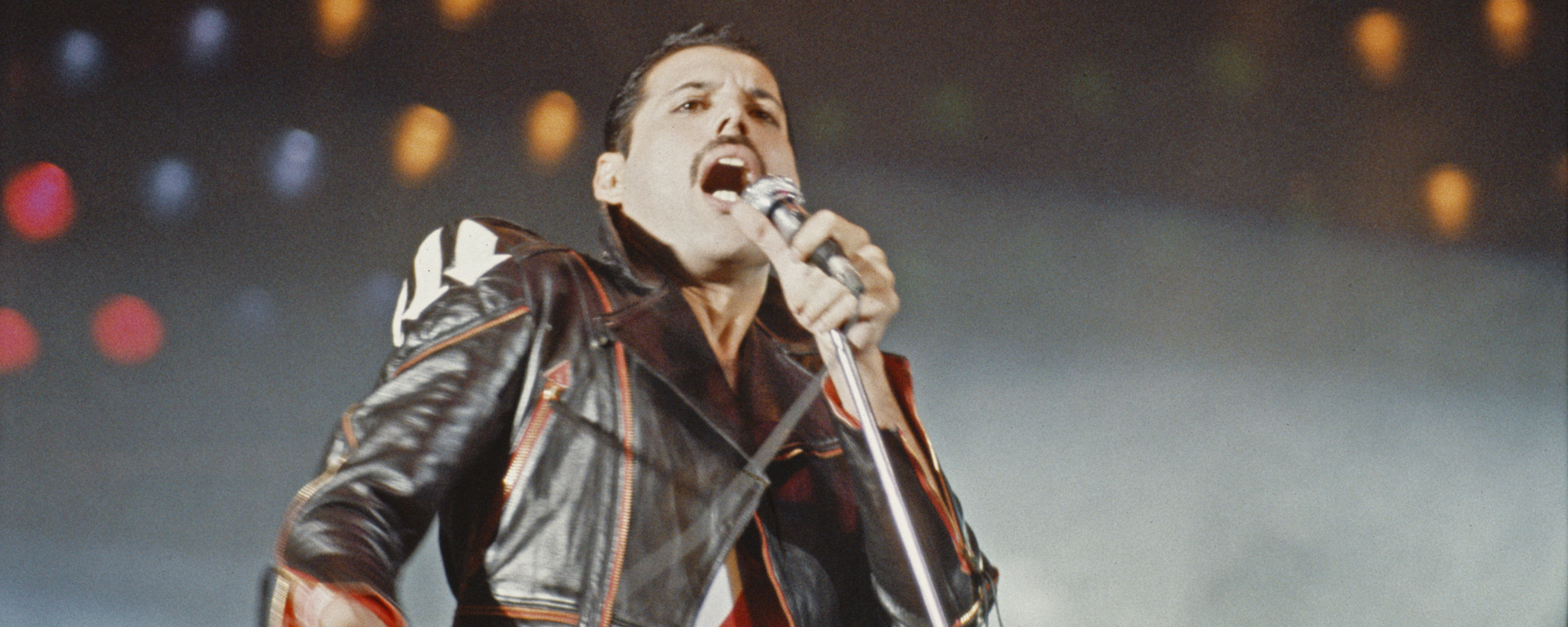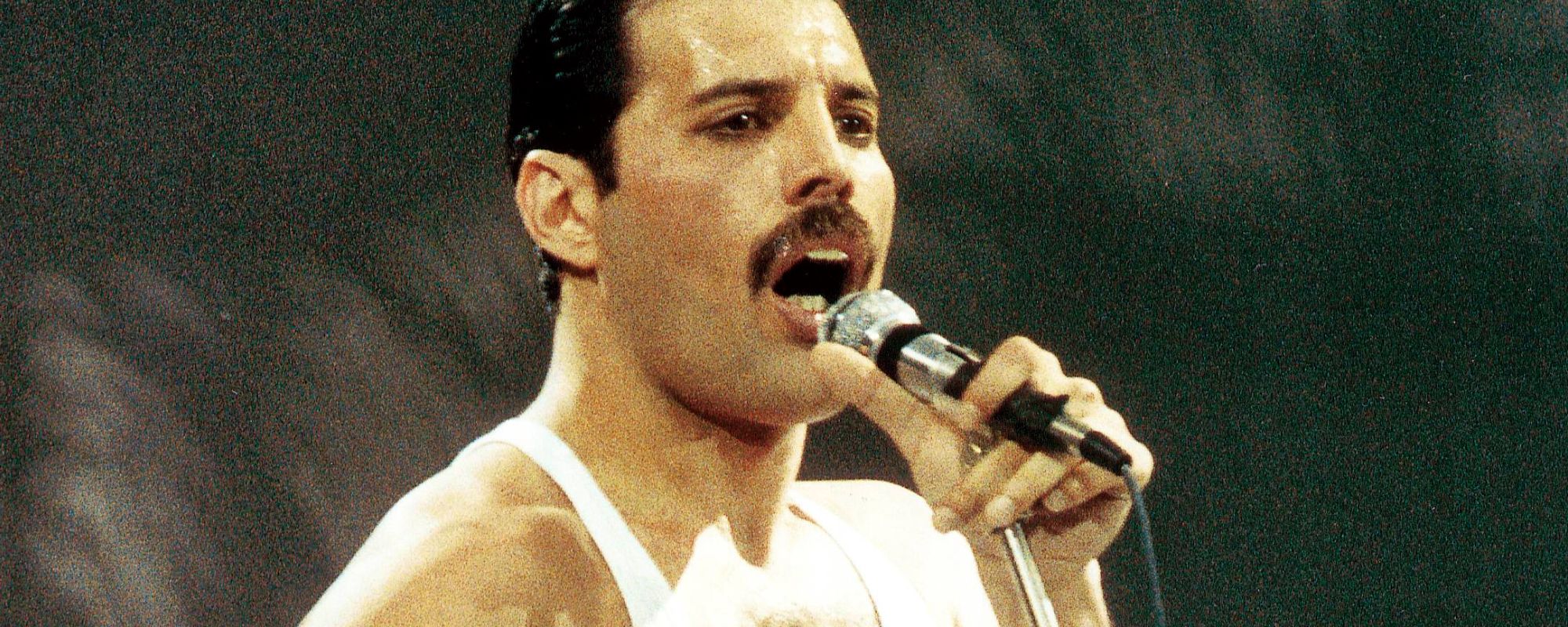Although classical crossover is much more common in popular music today, back in the 1980s it was rare to find any sort of union between the opera and rock or pop worlds. An early example was John Denver and Placido Domingo singing harmoniously on the soft rock single “Perhaps Love” in 1981. When Queen frontman Freddie Mercury crossed over, he would go farther and move away from rock and more towards his operatic inspirations.
Videos by American Songwriter
Planting the Seeds
Rewinding a bit: The seeds of classical crossover were planted with rock artists venturing into the classical music realm as opposed to collaborations. The first wave of progressive rock bands in the late 1960s into the ‘70s, like Emerson, Lake & Palmer, had combined classical ideas and aesthetics within rock music—ELP even tackled Mussorgsky’s Pictures at an Exhibition. Occasionally, a rock artist took on a new variation of a classical work, such as Ray Manzarek with Carmina Burana in 1983.
A rare example of opera and rock colliding in an original way was the Swedish doom metal band Candlemass that actually had an operatic-style singer as its frontman in the late 1980s. But on a mainstream level, it just didn’t happen much. The same could be said for rock bands working with orchestras. It had happened before—Deep Purple were way ahead of the curve with their 1969 Concerto for Group and Orchestra—but the ‘90s is when it started to become a bigger trend. In fact, many European metal bands have worked with orchestras in the 21st century, while many classical musicians have brought pop or rock aesthetics into what they do, even fashion-wise.
The late Queen frontman Freddie Mercury loved opera, and in particular was enchanted by the voice of Catalan soprano Montserrat Caballé. That’s not surprising to hear given the classical and musical-theater influences of Queen tracks like “Bohemian Rhapsody,” “Killer Queen,” and “Bicycle Ride.” Of course, they did have an album called A Night at the Opera.
A Song Leads to an Album
The genesis of the project between Mercury and Caballé arose when Barcelona, Spain, was selected in 1986 to host the Summer Olympics in 1992. A native of the city, Caballé was approached about creating a theme for the Games, and she thought of Mercury after seeing a Spanish television interview that year in which he declared her his favorite singer in the world. But what started as an idea for a song developed into a full album after she was captivated by the music he was working on. Mercury and songwriter/film composer Michael Moran wrote the songs, with Andrew Lloyd Webber lyricist Tim Rice contributing to two songs and Caballé herself to “Ensueño.” She sang on the album in both English and Spanish, and the voices of the rock frontman and opera singer blended wonderfully.
Given how busy her schedule was, Caballé only had select periods of time to record her parts. Mercury and Moran reportedly recorded everything else beforehand, with guide vocals from Mercury to show her what he had intended for her to sing. The Barcelona album, Mercury’s second and final work beyond Queen, was released in October 1988. It’s clear both from their recorded work and live performances the duo greatly loved and admired one another.
Expressing a Passion for Opera
What’s intriguing about the album is Mercury was not attempting to make operatic rock. He and Moran sometimes fused the two genres, and at other times went more to the operatic side. The title track opens with a majestic vocal montage from Mercury befitting his main band’s oeuvre, but like other compositions such as “Ensueño” and “La Japonaise,” it fell into classical sounding music. On the flip side, “The Golden Boy” (with its gospel choir) and “How Can I Go On” could easily be re-arranged for a Queen album. Overall, Mercury was expressing his passion for opera as opposed to making rock tracks with its influence.
The album’s title track was debuted at a performance in Ibiza in spring 1987. The official video came out that fall featuring Moran as the conductor, waving a glowing neon baton. (Some people mistake him for Queen guitarist Brian May.) The promotional clip was followed by the album later in 1988. “Barcelona” would be picked as one of the songs to be performed at the opening of the ‘92 Olympics.
Mercury and Caballé put on a concert at the La Nit festival at Montjuïc Castle in Barcelona on October 8, 1988, where they sang Barcelona songs with a full orchestra, which they did not have on the album. They mixed acoustic orchestral instrumentation and keyboards at the time, but a 2012 rerelease of the album changed this by adding organic orchestrations.
The Barcelona album was originally released twice, first in 1988 then in 1992 to tie in with the Olympics. Due to that connection, it fared better the second time around, ultimately selling 100,000 copies in Spain and hitting the Top 10 in at least four countries, including the UK. It went to No. 6 on Billboard’s Top Crossover Albums Chart. At the time, Queen’s profile was a little lower in America as they had not toured there since 1982. Also, Europe has a deeper history with classical music, so it was natural they would take to it more. But over the years, it seems that adoration for this iconic collaboration has grown over here as well.
Olympics Duet Not to Be
The crowning achievement of the whole collaboration would have been the duo performing the song “Barcelona” at the opening ceremonies for the 1992 Summer Olympics in Barcelona. Sadly, Mercury died the previous year, so a recorded version of their duet was played over a montage of the city at the opening ceremony. It would have been magnificent for them to actually perform the song together the way they had intended. Caballé had also tried convincing Mercury to do a full-on opera album with her, but that never happened.
Rockers indulging in solo or side projects can often yield grandiose or catastrophic results depending on the intentions and talents of the artists involved. But Mercury was among rock’s greatest, and it was clear that he and the renowned Caballé had a natural chemistry that allowed them to produce memorable music. It also paved the way for other like-minded collaborations. Clearly many fans of both artists still enjoy their collaboration—some video clips of them performing together have generated between 29 million and 75 million views each on YouTube.
Mercury and Caballé—who died in 2018—were also deeply bonded outside of music. After Mercury privately told Caballé of his HIV diagnosis in 1990, he told her he had always wanted to sing the aria from The Phantom of the Opera they had allegedly planned to record. So, she recorded her own version for his ears only. That’s a true, loving friendship.
When you purchase through links on our site, we may earn an affiliate commission.
Photo by David Redfern/Redferns












Leave a Reply
Only members can comment. Become a member. Already a member? Log in.